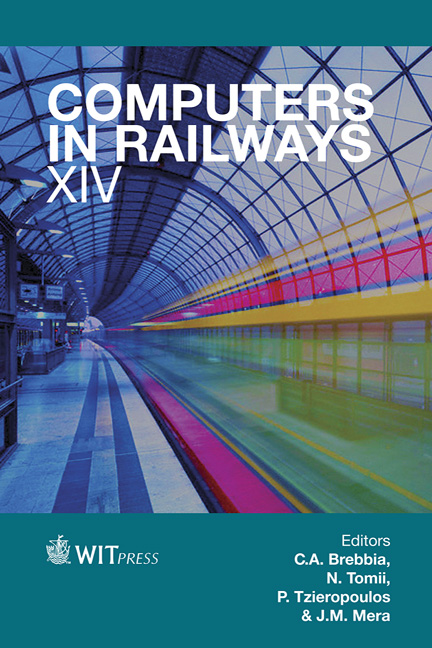The Catchment Area Of High Architectural Railway Stations: An Application Of The Graham Scan Algorithm
Price
Free (open access)
Transaction
Volume
135
Pages
12
Page Range
463 - 474
Published
2014
Size
1,989 kb
Paper DOI
10.2495/CR140381
Copyright
WIT Press
Author(s)
A. Cartenì, G. Galante & I. Henke
Abstract
Transit services quality has long been recognized as an important factor in influencing travellers’ behaviour and a terminal’s architectural quality is certainly part of it. As a matter of fact a number of transit promotion policies explicitly based on qualitative factors and specifically high architectural standards are being adopted in designing new railways stations. Several examples of remarkable architecture applied to railways stations can be found all round the world. The aim of this paper is to estimate and compare the \“catchment area” of both traditional metro stations and high architectural quality ones, taking advantage of the metro Line 1 in Naples (Italy), also called \“Metrò dell’arte” (art in the Metro). This metro line is a high quality line where many international level architects were involved to ensure high aesthetic quality standards for the new stations. The originality of the experiment field is that the rail network including both traditional and new metro lines (and stations) connect homogeneous areas of the city, either for transport system accessibility (same service frequency and same mode/service alternative) and for socio-economic aspects (same population density, income and employment, average age etc.). Graham’s scan algorithm was used to estimate the catchment areas of the Naples metro stations through transportation surveys conducted in 2013. The estimation results show that the \“catchment area” of the high quality station is greater than a traditional one, of approximately 99%. These results suggest that high architectural standards for railways stations should be considered as an explicit design variable in transportation planning. Keywords: public transport quality, railways stations, architectural quality impacts, Graham scan algorithm, travellers behaviour.
Keywords
public transport quality, railways stations, architectural quality impacts, Graham scan algorithm, travellers behaviour.





